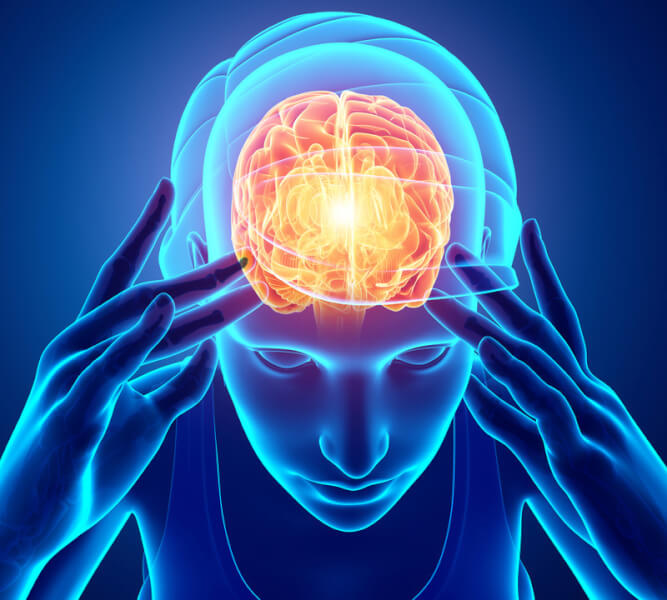When asked about teen brain development, I’m challenged to boil a huge amount of research down to a few facts. Here’s how I explain it:
- At the onset of puberty, a child’s body and brain are flooded with growth hormones. The resulting changes in the body are visible; the changes in the brain are not.
- The growth hormones cause the brain cells in the prefrontal cortex (PFC) to sprout thousands of new dendrites (connector fibers). This prepares a child’s PFC to expand the foundation of skills acquired in earlier childhood, using the dendrites to connect into new circuits for the kind of critical thinking skills they will need to meet the challenges of adult life.
- The operative word is “skills.” Like any skill, the child will have to practice the skills repeatedly to stimulate the cells to connect into circuits that enable the skills.
- Later in adolescence, to make thinking more efficient, all the unused dendrites that weren’t stimulated to connect will slowly be cleared away – absorbed by the body. Only the connected circuits will remain.
- Once the PFC is cleared of unused dendrites, the foundation for critical thinking is established and cannot be expanded.
- The work of PFC development has to happen during adolescence. The kids who did a lot of critical thinking during adolescence will have more robust thinking ability as adults. This accounts for the vast differences in intellectual capacity among adults.
- The big question: What is your child doing to regularly exercise critical thinking before the window closes? What kind of foundation will they end up with? As adults, while they can still build on the foundation they established during adolescence, but they won’t be able to build a massive palace on a tiny foundation.
Even though you can’t see it happening, your child’s thinking power is established during adolescence. Will it be an ample, robust foundation? Or a meager one. In other words, adolescence is a precious window for development of intellectual capacity. The window opens, and then it closes.
As I said, these changes aren’t visible. But you and your child need to know they are really happ ening.
ening.
What kind of adult is your child becoming? How can you encourage your child do to more critical thinking? My book, How Your Teen Can Grow a Smarter Brain, gives lots of answers.

